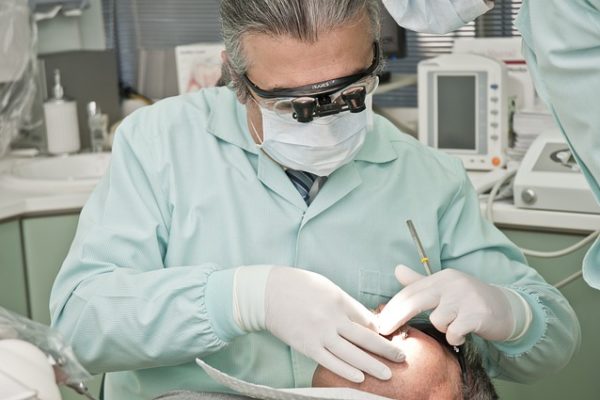If you used to associate braces with teens, it might be time to update your dictionary. However, times have changed, and dentistry is keeping up quite well.
Orthodontics has developed in recent years. Thus, many adults today seek treatment for orthodontic problems. However, dental issues such as crossbites, underbites, open bites, misplaced midline, spacing or crowding, and jaw joint disorders can be fixed even as an adult.
According to Lisa Esposito in her article, “Braces for Grown-Ups: Are They Right for You?,” the number of adults getting braces to straighten teeth and improve their smiles is increasing. Additionally, the availability of orthodontic alternatives to metal braces plays a big part in the rising popularity.
In 2014, adults made up nearly 1.5 million of Orthodontics patients in the US and Canada, based on a survey from the American Association of Orthodontists. “When I was practicing in the ’90s, I was lucky if one percent of my clients were adults. Now, about 50 percent of my patients are adults,” Director of Orthodontics at Columbia University College of Dental Medicine Sunil Wadhwa, DDS, Ph.D. says.
Orthodontics, which corrects improperly positioned teeth and jaws, now provides more options for adults to improve their smiles and maintain good oral health through orthodontic treatment. Adults can opt for braces to ease crowding and move teeth to desirable positions.
Braces have three main components: brackets, bonding to affix a bracket to each tooth; and archwires connecting each bracket. The common options for braces include metal braces, clear or tooth-colored braces, lingual braces, and gold braces.
According to orthodontist Dr. Greg Jorgensen, metal braces or stainless steel braces remain the best choice for more complex cases. This is especially true if the patient has smaller teeth or has severely crooked pearly whites.
Clear or tooth-colored braces do not grab much attention as metal braces. “While they’re still visible, they’re less intimidating,” said Dr. Jorgensen. However, clear or tooth-colored braces still require the same care as regular braces.
Lingual braces are another option for patients who want to wear braces secretly as they are attached to the interior of the teeth. Harmony offers invisible lingual orthodontics that is digitally customized for every patient’s needs with the aid of advanced, state-of-the-art technology.
After a digital scan of the patient’s teeth, robotically-twisted archwires are then designed that will guarantee a made-to-measure smile. The self-ligating technology of the system also provides more precision. As a result, the invisible lingual orthodontics is done immediately and efficiently.
Gold braces are made of steel and coated with shiny gold for those who wish to embrace their braces. This option is more popular with teens than adults.
Stephanie Kern of Wise County, Virginia was suffering from crooked back teeth that were painful and affecting her jaw. “Sometimes, I would even talk funny because it would be so sore underneath my tongue, and I would bite myself in my sleep,” the 47-year-old attorney told US News.
In 2016, Kern started wearing metal braces. “Often, time passes and things deteriorate as opposed to improving, so it is good to know you’ve got something to look forward to as an improvement over time,” she said.
Aside from non-removable appliances like braces, removable appliances like aligners are also available. Aligners are alternative to traditional braces for adults. They align the teeth without wires or brackets and are unnoticeable at first glance. Additionally, the wearer can remove their aligner to eat, brush, or floss. Clear aligners like Invisalign address the many concerns of patients with regular braces. However, they are not applicable for more severe cases.
Orthodontic treatment for adults is not too different from children’s treatment. However, it can be more challenging for adults because of receding gums or bone loss that come with age. It can also take longer with an average span of 18 months to three years.
It is advisable to consult with a dental professional for evaluation regarding the best orthodontic option for you.

